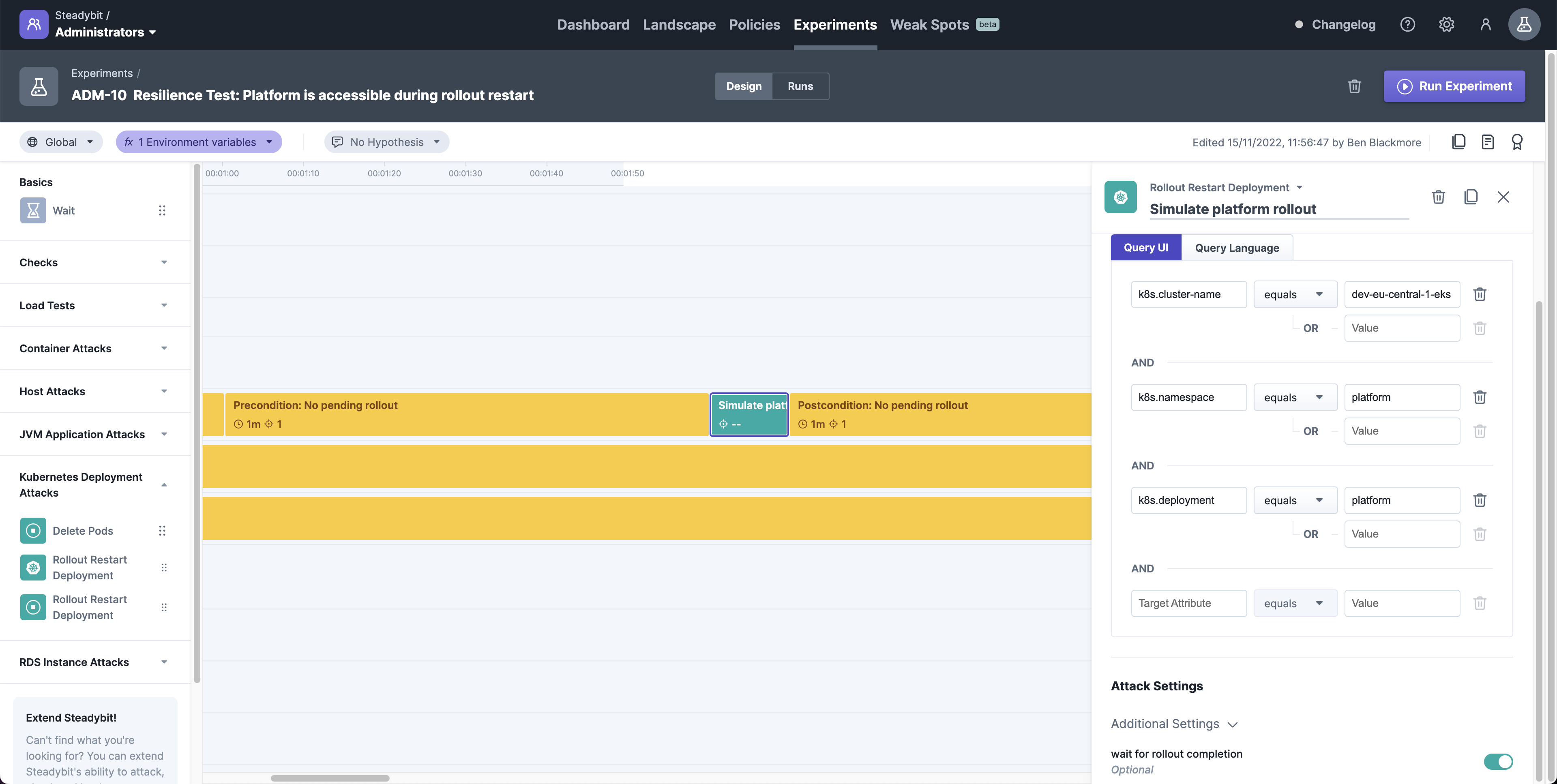Rollout Restart Deployment
execute a rollout restart for a Kubernetes deployment
Targets:
Kubernetes Deployments
Rollout Restart Deployment
execute a rollout restart for a Kubernetes deploymentTargets:
Kubernetes Deployments
Install nowRollout Restart Deployment
execute a rollout restart for a Kubernetes deployment
Targets:
Kubernetes Deployments
Rollout Restart Deployment
execute a rollout restart for a Kubernetes deploymentTargets:
Kubernetes Deployments
Install now

